The Top Ten Ocean Stories of 2017
From wind turbines to massive sunfish to octopus cities, the seas proved full of surprises this year
/https://tf-cmsv2-smithsonianmag-media.s3.amazonaws.com/filer/0a/8c/0a8c2be7-4be2-4714-97c9-f60bf985610f/fkxpdj.jpg)
This year, the depths of the world’s oceans revealed a host of watery secrets, from octopuses that live in teeming underwater cities to the discovery of a massive new sunfish. Here at the Smithsonian, we highlighted key stories of ocean conservation successes at our first-ever Smithsonian Earth Optimism Summit in Washington, D.C. Hopeful stories continued to make news headlines: This year, sea turtle numbers are on the rise and two new marine protected areas were established—one off the coast of Easter Island and one in the Pacific Ocean off the Mexican coast.
At the same time, the seas also proved the source of tragedy and concern, from record-breaking storms to the decline of whales and porpoises to the continued reign of ocean plastic. As we do every year, the National Museum of Natural History’s Ocean Portal team sifted through the deluge to bring you the top ocean news of the year, both good and bad. We hope at least one of these stories will leave you with a sense of optimism for the year to come.
1. Hurricane Devastation

The ocean brings us hurricanes every year, but this year was one for the books. In late August, record-breaking Hurricane Harvey landed on the Texas coastline at the end of August and stayed put, bringing 60 inches of rain over 48 hours to parts of the region. Heavy wind and rain caused devastating flooding and the cost of the natural disaster may be upwards of $100 billion. Hurricane Irma followed quickly behind in early September, ripping through Caribbean Islands, the Florida Keys and up the west coast of Florida. Irma brought sustained winds of 185 miles per hour for 37 hours. Many islands were essentially flattened and are still recovering. We also saw the sea eerily recede from shore in Tampa Bay, FL due to the force of Irma’s winds.
The Caribbean got a one-two punch when Hurricane Maria gained momentum, making landfall in late September on the small island of Dominica and continuing to gain force as it headed towards Puerto Rico. The death toll from Maria on this U.S. territory is still rising, and about half of its residents remain without power 10 weeks after impact. As if that weren’t bad enough, a rare post-tropical cyclone hit Ireland and Great Britain, Asia and Vietnam in particular have experienced a damaging typhoon season, and Greece saw intense flooding from a type of storm called a “medicane.”
Each one of these storms was intense and deadly. And as the ocean continues to get warmer due to climate change, hurricanes will only get stronger. (Unsure about the difference between a hurricane, typhoon and cyclone? We’ve got you covered.)
2. Dolphins and Whales On the Brink
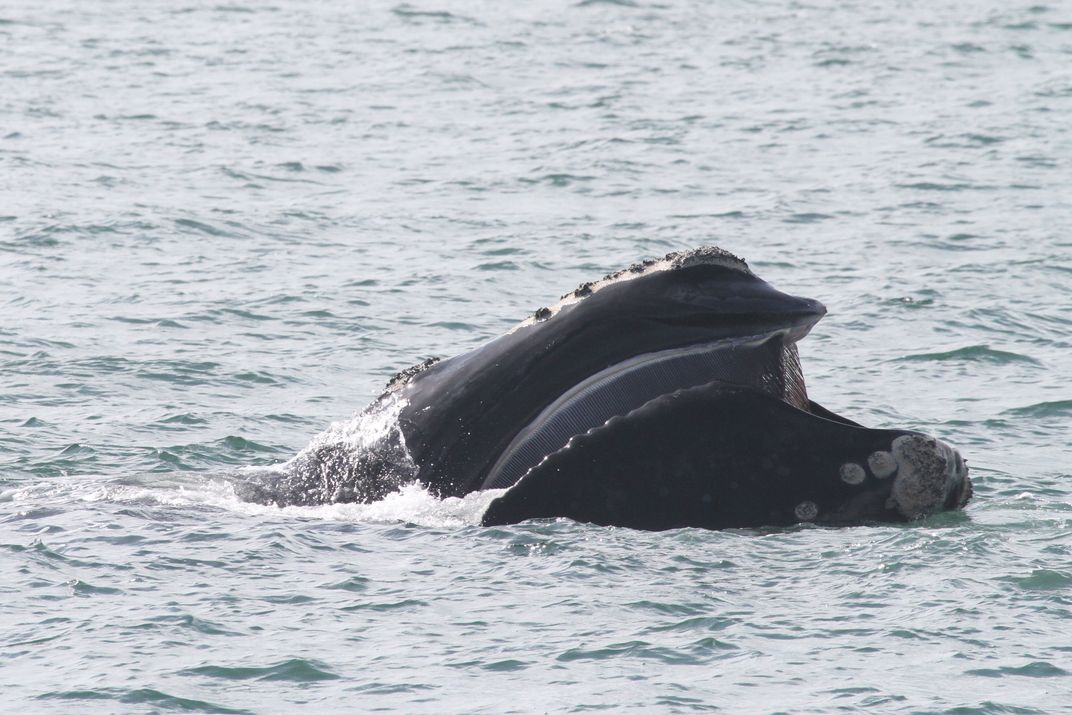
Despite our successes in the fight to protect whales and dolphins, this year we learned that at least two species are dangerously close to extinction. First, what looked like a success story took a turn for the worst. Experts now say that North Atlantic right whales, which had begun to bounce back from precipitous numbers, have fallen again to just 100 breeding females, which is likely not enough to ensure survival for the species. Many of the animals are killed each year by ship strikes and entanglement with fishing gear—which seriously stresses them out even if they survive.
On the other side of the country, in the Gulf of California, only 30 individual vaquita porpoises remain. Their population has also been cut down by their entanglement in fishing gear intended to catch the also endangered totoaba fish. The phenomenon of unintended deaths from fishing gear is called bycatch, but fishing regulations designed to reduce it have come too late and a last-ditch effort to preserve the species through captivity failed. The odds for these species aren’t looking good, but they aren’t gone yet and we have seen things turn around for other whale populations on the brink.
3. Uncertainty for Coral Reefs
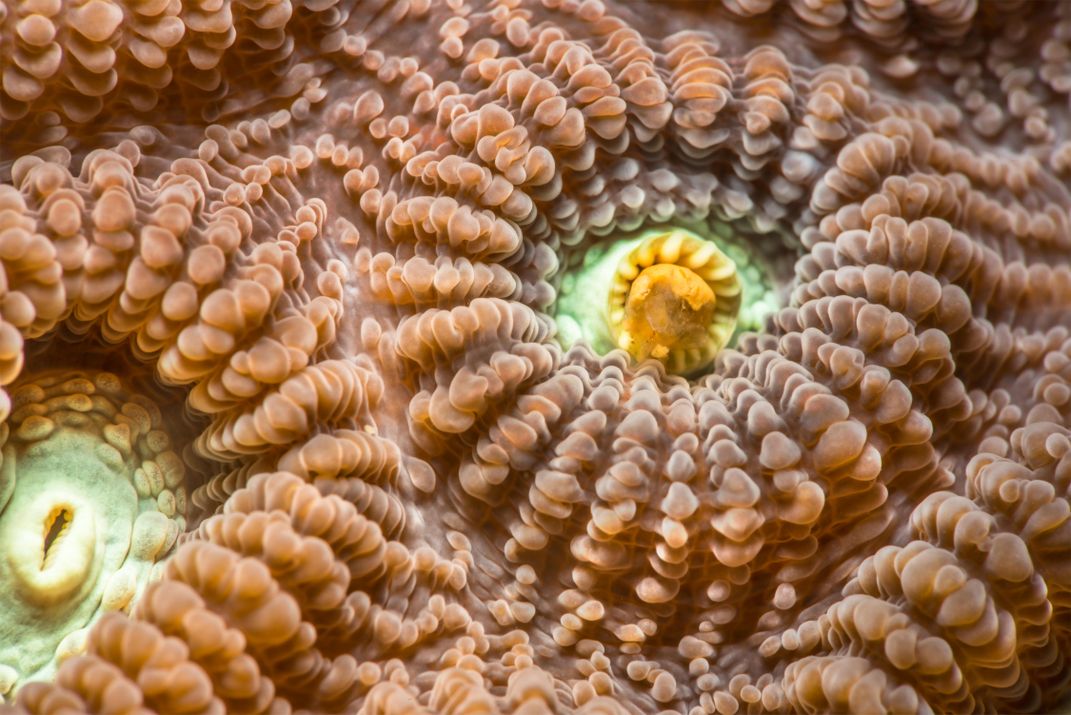
This year, the documentary film Chasing Coral brought the eerily beautiful death throes of the tiny creatures to the big screen. After mass bleaching events two years in a row, some reefs were given a reprieve mid-year, only to see dangerously warm water likely to return to the Great Barrier Reef in the coming months. Coral can bounce back after bleaching, but if warm water sticks around for too long or returns repeatedly, the animals aren't likely to recover. The fight to save corals isn’t over—protected areas, nurseries, “super-corals” and pollution reduction can all play a role in helping reefs until our carbon dioxide emissions are reduced—but coral scientists are still grappling with the ecosystem's uncertain future.
4. Plastic, Plastic Everywhere
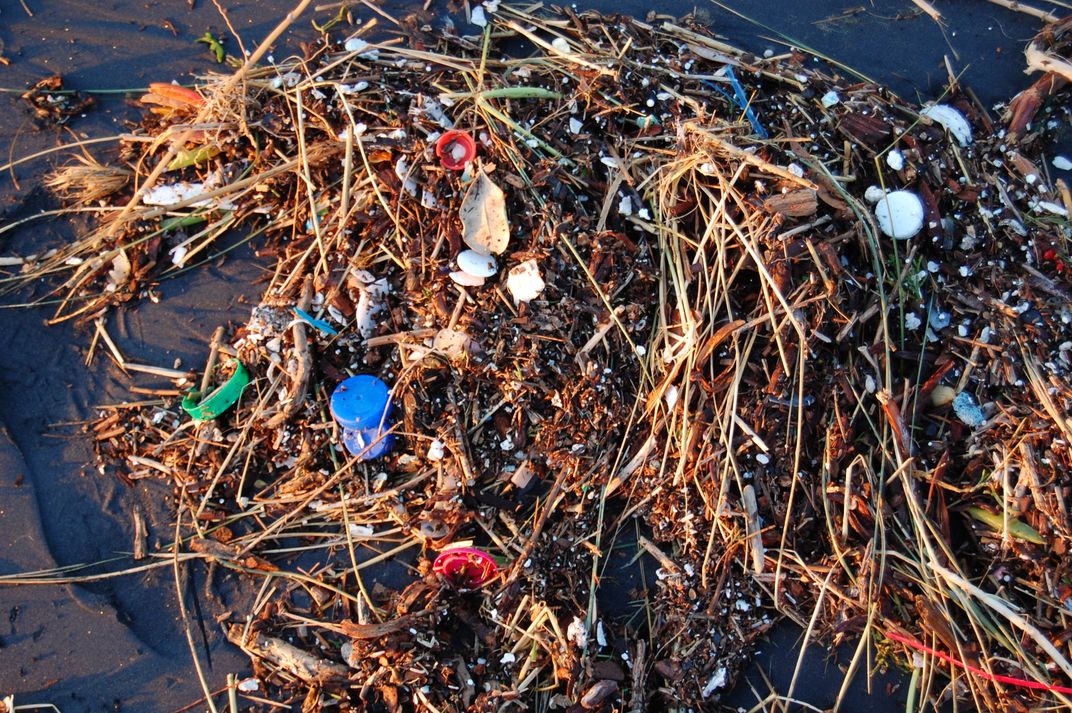
We know, we know: Ocean plastics have made our list in 2012, 2013, 2015, and 2016. Unfortunately the ubiquitous pieces are as present as ever—and we keep learning about the many dangers they pose. This year, scientists calculated that there is a literal ton of plastic garbage for every person on Earth, the majority of it entering the ocean from only 10 rivers. Plastic’s pervasiveness means it can be found in Arctic waters, on the shores of remote islands, and even in the food we eat. The oysters we slurp and sea salt we shake are contaminated by tiny microplastics, including microfibers from synthetic clothing. Corals and fish also have an unfortunate taste for the tiny bits of plastic.
Individuals and countries are working to curb our addiction to plastic. Next time you grab a drink, think about where that plastic bottle will end up and say no to the plastic straw—we can all agree we would prefer to not have plastic on our plates.
5. A U.S. First for Ocean Energy
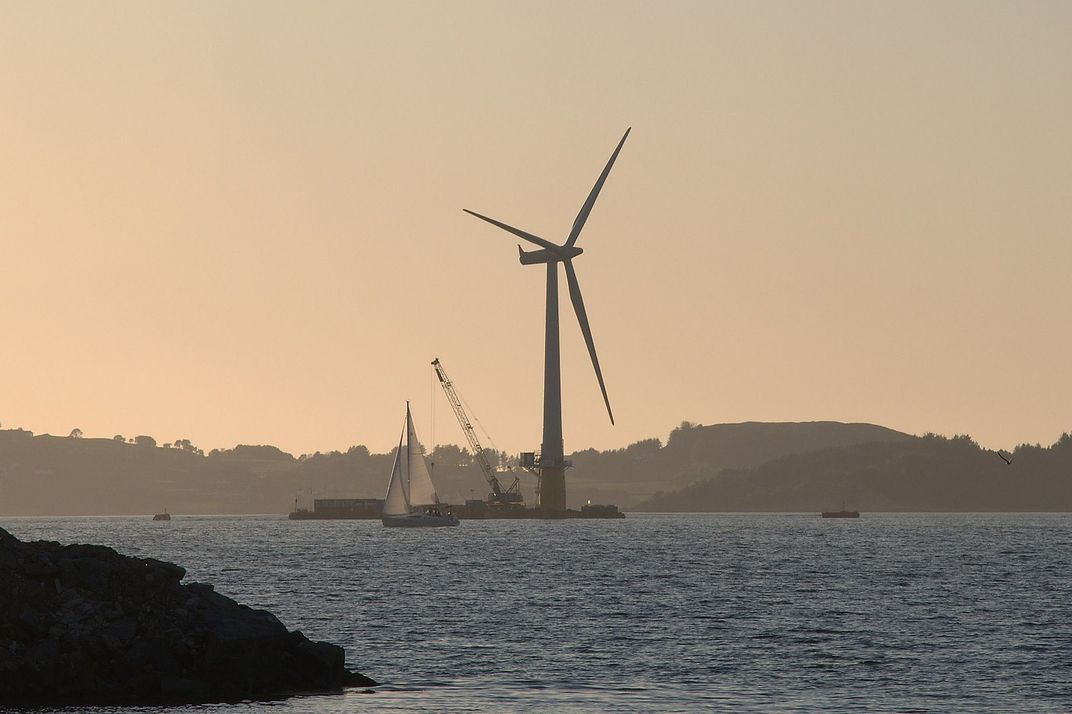
The U.S. generated roughly 15 percent of its electricity from renewable energy sources in 2016, the most recent year we have data available, according to the Energy Information Administration. That number continues to grow globally, and now even the ocean is getting in on the game.
Europe has had offshore wind since the 1990s, but until this year the U.S. did not have any operational offshore turbines. The Block Island Wind Farm changed that in May. There could be many more, as the U.S. coastline alone has over 2,000 gigawatts (GW) of wind energy potential—about double the current national demand for electricity. And new research this year shows that hypothetically offshore wind could actually power everything (it would cover huge portions of the ocean however, so luckily we have other renewable options in our portfolio to help out) . Floating wind turbines could help put the behemoth machines in places where they wouldn’t otherwise be constructed (in water depth of up to 2,000 feet), and technology continues to improve when it comes to elusive wave energy production.
6. Eight Crazy Arms
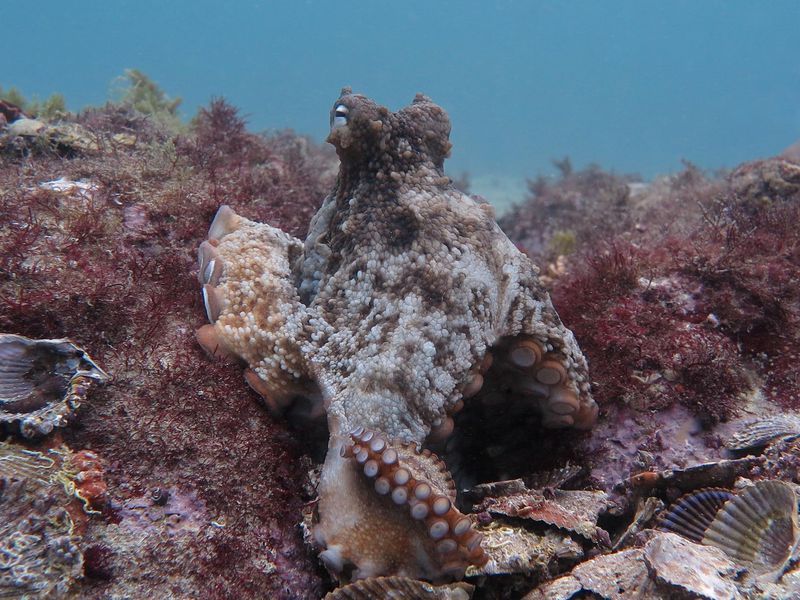
Octopuses are notoriously strange, but we are continuously learning just how strange. This year researchers discovered that octopuses, squid and cuttlefish evolve in a completely novel way. Instead of relying on mutations at the DNA level, like almost every other organism on the planet, these creatures have apparently developed a way to hijack the system and edit RNA, the second step in the chain of genetic instructions. Despite their seemingly alien genetics, however, some octopuses are more similar to us than they might first appear. Once thought to be exclusively solitary creatures, the so-called gloomy octopus was recently discovered to be a social species, living together in little underwater cities like “Octlantis” and another called “Octopolis.”
7. Oceanic Inspiration
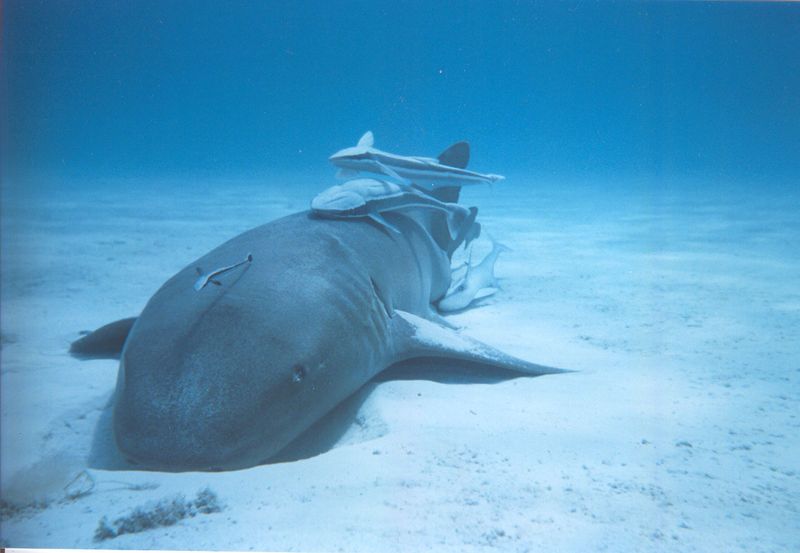
It turns out that engineering can learn a thing or two from ocean animals. This year, scientists tackled the sticky issue of creating strong underwater adhesives by mimicking the way remoras (also known as suckerfish) suction onto sharks. Octopuses, too, are famous for their tight grip, and several studies this year suggest that an octopus sucker could help future robots that need to easily attach and detach from surfaces like ship hulls.
Scientists recently discovered that the athletic tuna’s ability to make quick turns is in part due to a unique hydraulic system that raises and lowers a sickle-shaped fin. Robots could up their swimming game by incorporating this hydraulic fin. Meanwhile, pelicans are shedding light on how to give flying drones the capacity to splash down and swim underwater. The Navy project aims to use these Flying Sea Gliders to track oil spills and find planes lost at sea.
8. Global Colors of Change
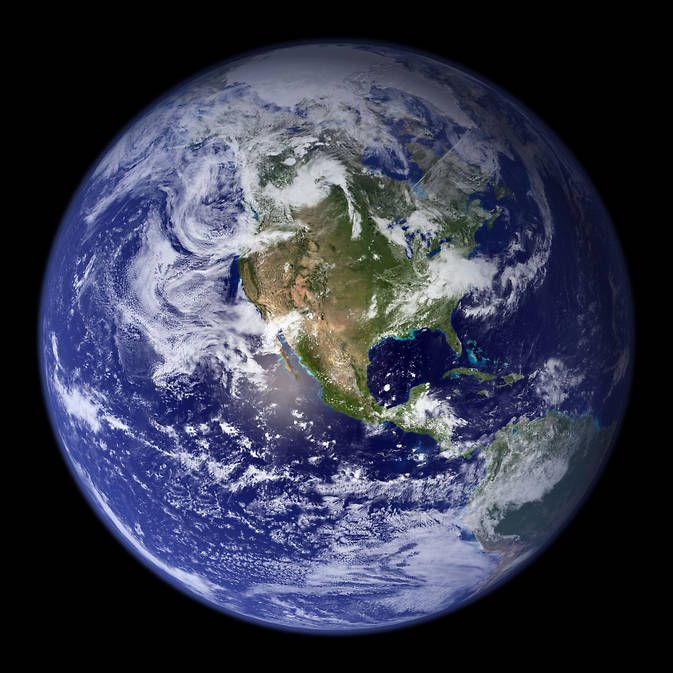
Today, the globe’s swirling blue and green hues, with white at the North and South poles, are a defining characteristic of our home. But the Earth didn’t always look like this. Twice the Earth was covered in ice—a phase called the snowball Earth—which then melted, releasing tons of nutrients into the ocean. This turned a bacteria-dominant ocean to an algae-dominant one, fueling the first animals. Fast forward to 4.5 million years ago and melting ice brought more evolutionary changes. A new study showed that whales grew to their massive size in response to nutrient-rich waters that seasonally came and went from glacier growth and melting.
It’s not just ice that changes over time. When we think of oxygen, we think of life. But scientists also learned this year that several explosions of life happened in the wake of an oxygen-depleted ocean, including the famous Cambrian explosion that occurred roughly 540 million years ago.
9. Something New Under the Sun
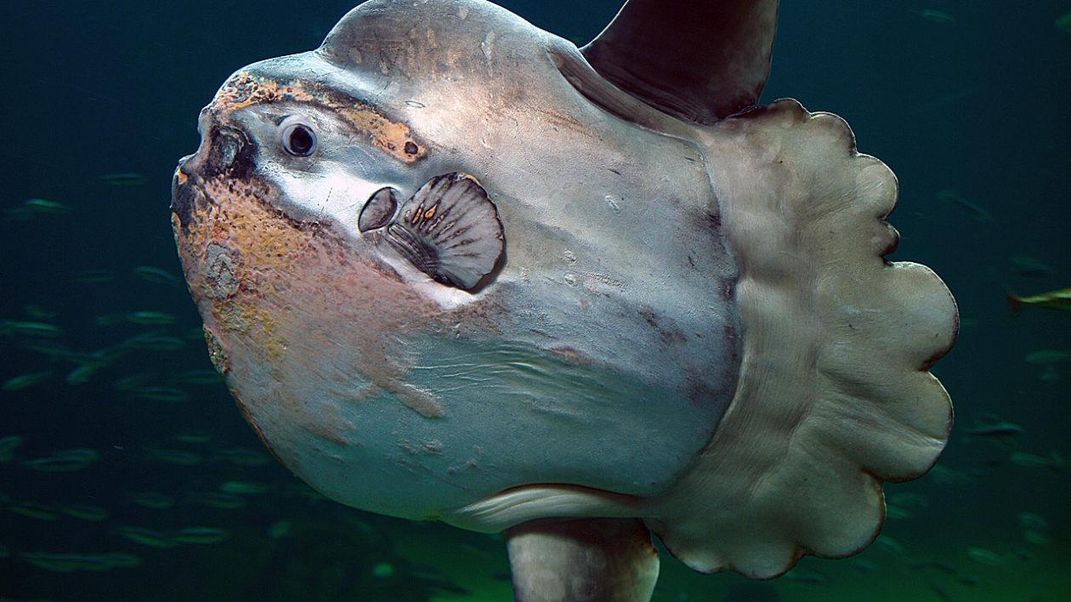
You’d think that after studying the ocean for thousands of years, we’d be aware of all the (big) fish in the sea. But several discoveries remind us that the ocean has yet to reveal all its secrets. Sunfish, for instance, are some of the largest fish out there, reaching lengths of 9 feet and weighing up to 2 tons. Yet this year we discovered that there are four species of sunfish, not just three. Scientists named the newest species the apt Mola tecta, from the Latin word for hidden, tectus. (Its common name, the hoodwinker fish, seems equally appropriate.)
Meanwhile, a group of scientists perusing a market in the Philippines stumbled upon a completely new species of surgeonfish. With a bright orange face and a body streaked with iridescent blue, it’s a shocking find considering surgeonfish in this region have been studied for roughly 100 years.
10. All Washed Up And Nowhere to Go
When ocean animals end up on shore, it’s typically a bad sign that calls for an explanation. For instance, it remains a mystery why a group of over 20 octopuses emerged onto a beach in Wales this October. The massive stranding of sharks and rays that occurred on California beaches earlier in the year turned out to be because of a brain-eating parasite previously known to infect fish. Just as eerie, hordes of pyrosomes (gelatinous, cucumber-shaped colonies of filter-feeders sometimes referred to as “sea pickles”) suddenly took over the U.S. West Coast from Oregon up to Alaska, and scientists are still scratching their heads as to why.
Whale strandings are nothing new or out of the ordinary, but a new study this year proposes they may sometimes have something to do with the northern lights. NASA and collaborators are looking into the theory that a change to the magnetic field during a solar flare means whales lose reception to their natural GPS system and take a wrong turn ashore. We don't know for sure, but what's certain is that the ocean has no shortage of new mysteries for scientists to untangle.
 Learn more about the seas with the Smithsonian Ocean Portal.
Learn more about the seas with the Smithsonian Ocean Portal.

